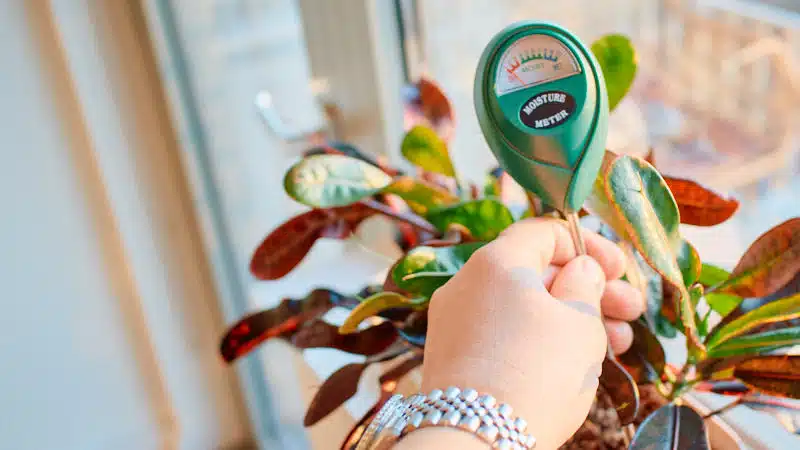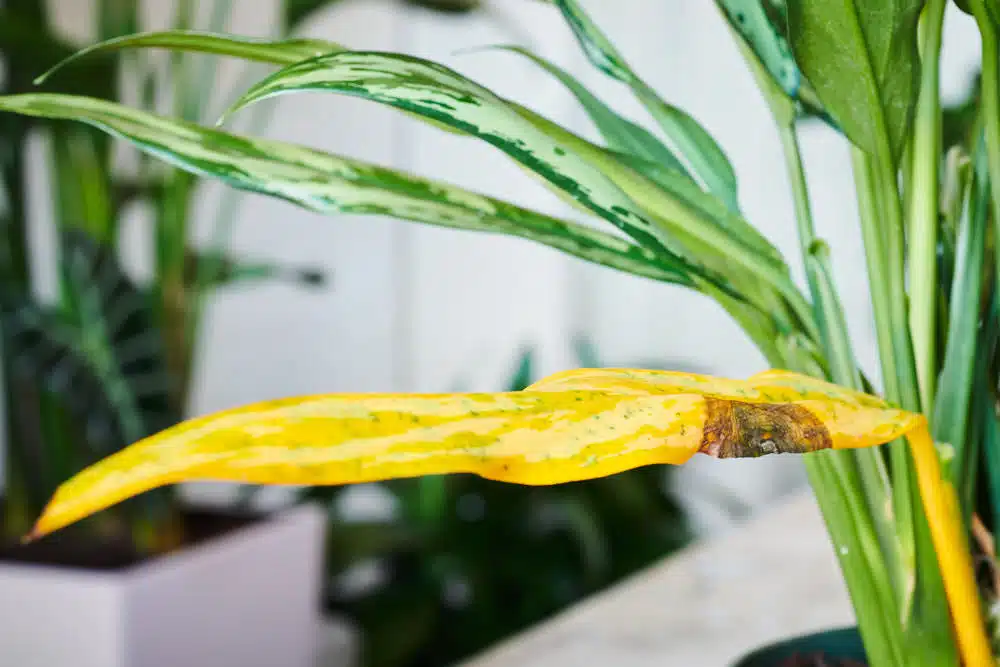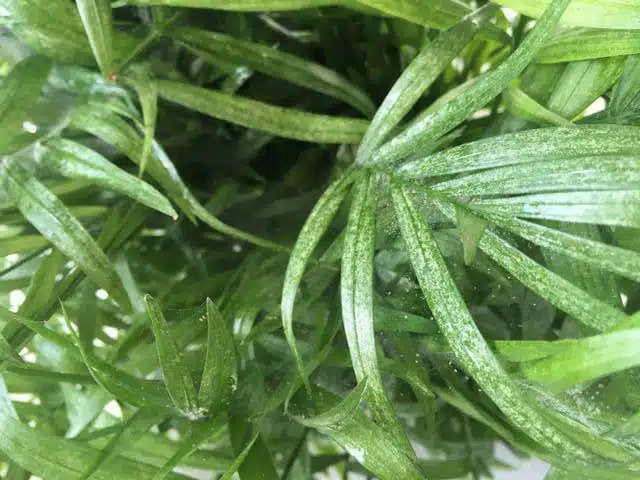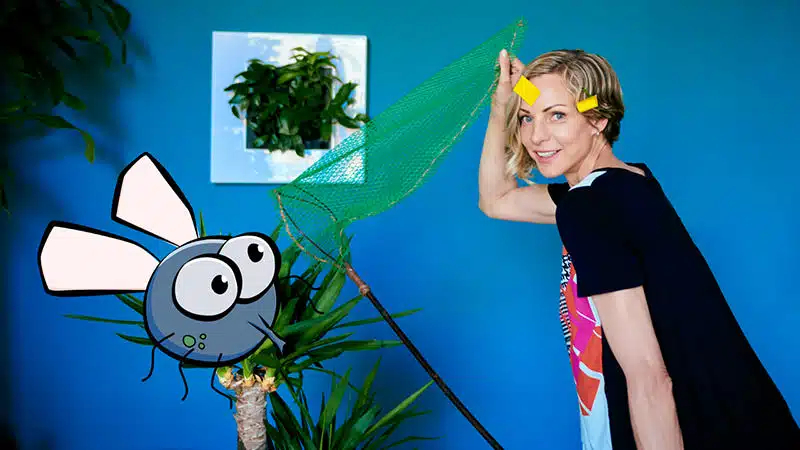Are you looking to shape your rubber plant and encourage bushier growth? Pruning is essential for achieving a fuller and healthier plant. In this guide, we’ll walk through the necessary steps on how to prune a rubber plant effectively, ensuring it grows stronger and more vibrant. Let’s dive in!
Step 1: Timing is Everything ⏰
The best time to prune your rubber plant is during the spring and summer months. This timing promotes faster and better results, as the plant is in its active growing phase. Pruning during these seasons allows your rubber plant to heal and grow new stems quickly.
Step 2: Gather Your Tools 🛠️
Before you start pruning, it’s essential to have the right tools ready. Here’s what you’ll need:
- Sharp and clean pruners or scissors
- Rubbing alcohol (for sterilizing your tools)
- A paper towel
- Water (to dampen the paper towel)
- Gardening gloves (to protect your skin from sap)
Start by spraying your pruners with rubbing alcohol to prevent introducing any bacteria into your plant.
Step 3: Identify What to Prune 🔍
Take a close look at your rubber plant and identify which stems need pruning. Look for any long, leggy stems or those that appear weak or unhealthy. You want to cut back these stems to encourage new growth and a fuller shape.
Step 4: Make the Cut ✂️

Now, it’s time to prune! Here’s how to do it correctly:
- Choose a stem that needs to be pruned.
- Make a clean cut just above a leaf node. This is crucial because cutting above the leaf node encourages new growth to sprout from that point.
- Make sure to do this quickly to minimize sap loss.

After making the cut, immediately cover the cut area with a damp paper towel. This helps to stop the sap from leaking and staining your plant or pot.
Step 5: Clean Up After Pruning 🧹
Once you’ve finished pruning, let the paper towel dry out naturally. When it’s completely dry, you can remove it. This process helps prevent sap from staining the plant and encourages healing.
Step 6: Monitor for New Growth 🌱
After pruning, you may see new stems emerging within a few weeks to a couple of months. The speed of new growth can depend on several factors, including:
- Temperature
- Light conditions
- Overall health of your plant
Providing warmer temperatures and bright, indirect light will encourage faster growth.
Step 7: Keep an Eye on Your Plant 👀
After pruning, continue to monitor your rubber plant. Ensure it gets the right amount of water, light, and nutrients to support its growth. A well-cared-for rubber plant will flourish and reward you with lush, beautiful foliage.
FAQs about Pruning Rubber Plants ❓
How often should I prune my rubber plant?
It’s best to prune your rubber plant during the spring and summer when it’s actively growing. You can prune it annually or as needed to maintain its shape and health.
What should I do if my rubber plant is too tall?
If your rubber plant has outgrown its space, you can prune it back significantly. Just ensure you follow the steps for cutting above a leaf node to promote new growth.
Will pruning hurt my rubber plant?
Pruning, when done correctly, will not hurt your rubber plant. In fact, it encourages healthier growth. Just be sure to use clean tools and follow proper techniques.
What if I accidentally cut too much?
If you cut too much, don’t panic! Rubber plants are resilient and can bounce back. Just ensure you provide it with the right conditions for recovery.
Can I propagate my rubber plant from cuttings?
Yes! You can propagate rubber plants by taking cuttings from healthy stems. Allow the cuttings to callous before placing them in water or soil to encourage root growth.
Pruning your rubber plant is a straightforward process that enhances its growth and appearance. By following these steps on how to prune a rubber plant, you’ll be well on your way to enjoying a fuller, healthier plant. Remember to monitor your plant’s health and provide the right environment for it to thrive.
More Rubber Plant Care Tips:


























